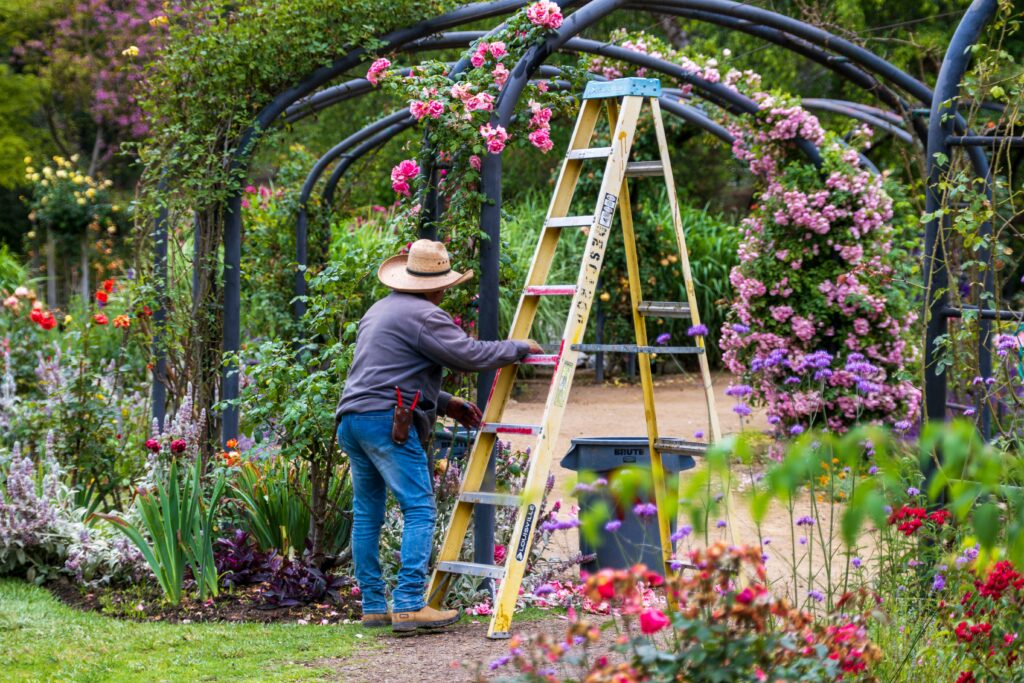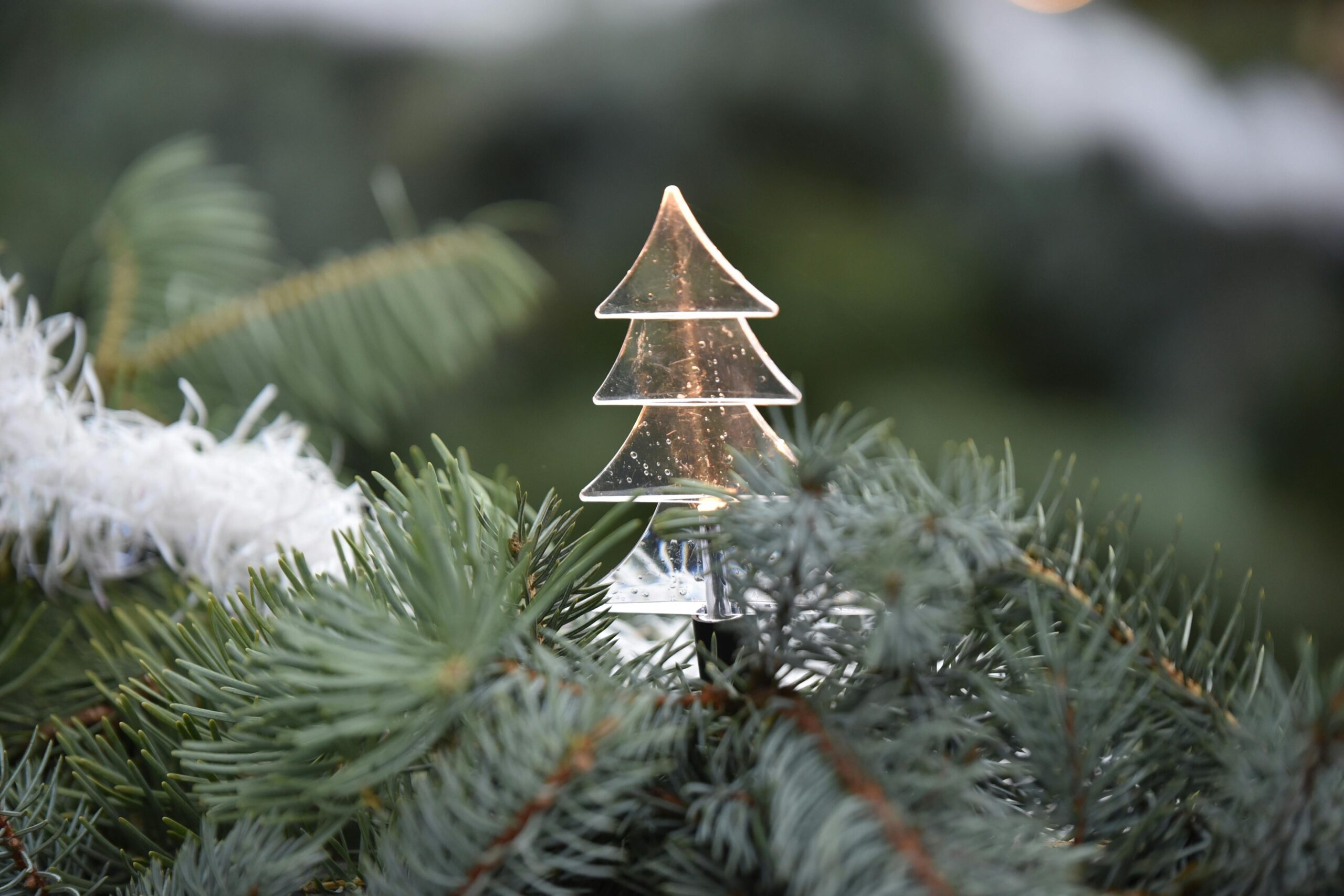How to prune your roses for Spring – and why you should
Roses may be beautiful, but they also get unfairly labelled as being high maintenance. One task which many people never find time for is pruning their roses for Spring. In this blog, we’re giving you a how to guide to this simple task – you’ll thank us later when your garden is alive with blooms!

Image courtesy of JÉSHOOTS. Published on: May 16th, 2015. Source: pexels.com
First, let’s take a look at the benefits of pruning your roses for Spring. Pruning removes dead or diseased flowers, leaves and stems, and this allows sunlight and fresh air to reach all parts of your rose plant or bush, making it more resistant to fungal diseases.
Once these have been cut away, the plant will naturally focus on producing new, healthy shoots and should ultimately mean that you get to enjoy a better display of blooms through Spring and Summer.
Depending on the style of garden you’re going for, you may be happy for your rose to grow at will, but if you prefer a more manicured look, pruning will give you control over the shape and size of each rosebush.
The kindest cut
Cutting your roses back may seem like a drastic move, but gardening experts agree that it’s in the rose’s best interests – and yours – to make this an annual garden task (side note, if you have seen how much roses cost for Valentine’s Day, the effort it takes to grow your own will definitely seem worth it).

Image courtesy of Gustavo Fring. Published on: February 5th, 2021. Source: pexels.com
When to prune your roses for Spring
Look for the first new shoots on your rose bushes – they’re a good indication that it’s time to prune for Spring. However, be sure to keep an eye on your weather app if you live in a part of South Africa that gets frost, as you should also wait until after the last serious cold snap has passed.
Snip, snip, hurrah!
Before you start pruning your roses for Spring, you’ll need to organise your equipment. The most important garden tool you’ll need is a pair of clean, sharp secateurs, preferably with rounded edges for a cleaner cut. A wire brush is always useful for cleaning away any debris and dead bark. Don’t forget a pair of gardening gloves to protect your hands from thorns.
Always cut at a 45-degree angle away from the buds, making clean cuts just above where you see the first new leaves. That’s really all there is to it – now all you have to do is sit back and wait for a wonderful floral display come Spring – in other words, stop and smell the roses every once in a while.

Image courtesy of David Brown. Published on: June 13th, 2023. Source: pexels.com
Unfortunately, it’s not ideal to add the dead stems you’ve pruned to your compost bin because of the risk of spreading fungal diseases to other plants. A better best plan is to put them in a bin bag and dispose of them with the trash.









